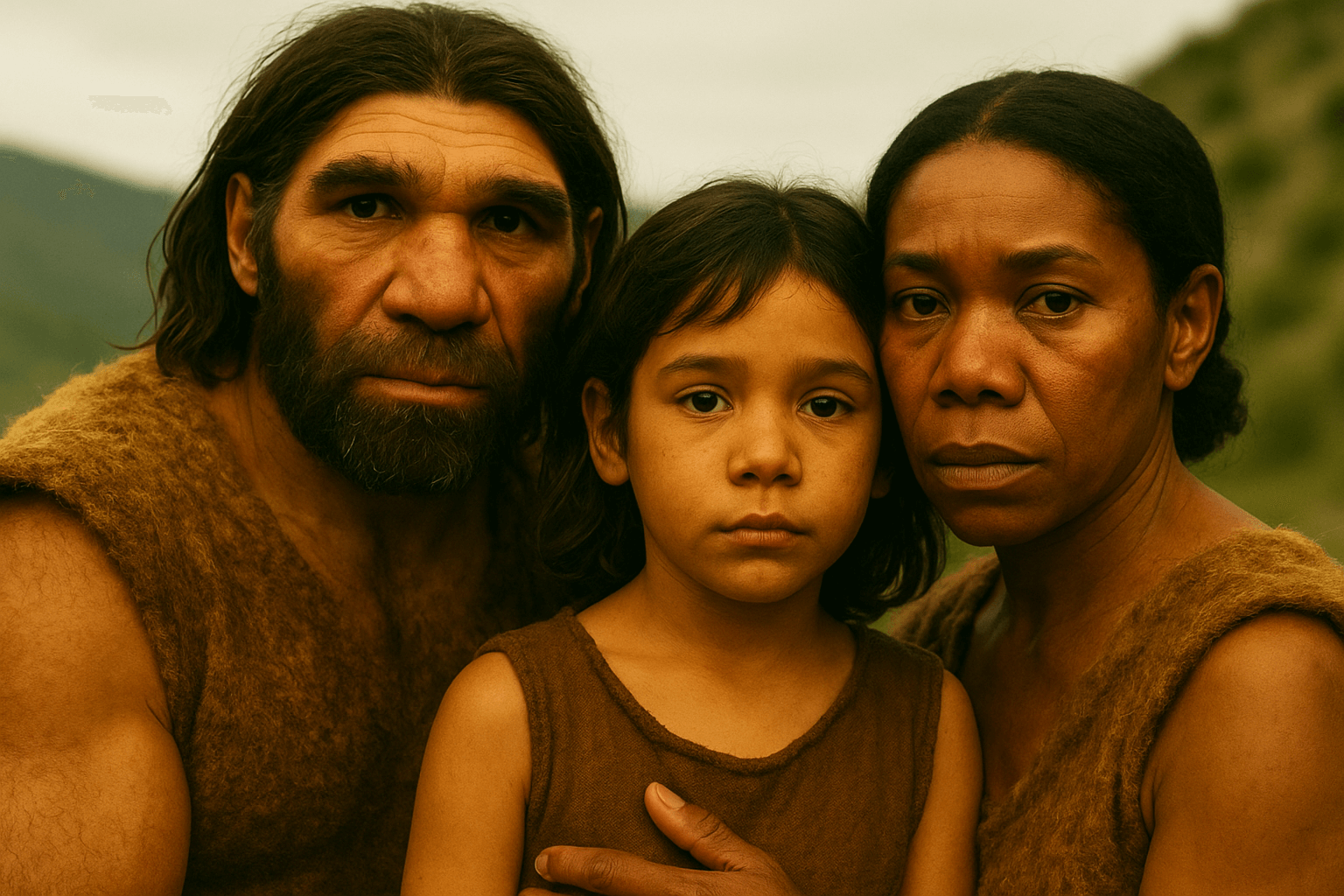A recent study has shed new light on the construction techniques of the Minoan civilization, offering a fascinating glimpse into how ancient Cretans may have used marine life — specifically mollusks — as part of their architectural practices.
Led by Rena Veropoulidou from the Museum of Byzantine Culture in Thessaloniki and Maud Devolder of Ghent University, the research revealed an innovative method of identifying decayed mud bricks by examining mollusk remains found in archaeological layers.
Reconstructing Bronze Age Architecture Through Shells
The architecture of the Aegean Bronze Age, especially on Crete, is known for its fragility. Many structures were built using sun-dried mud bricks, materials that have largely disappeared over time due to environmental degradation. What often remains are only the stone foundations, making it difficult for archaeologists to reconstruct the original buildings accurately.
This challenge has led researchers to explore alternative ways of detecting traces of these now-vanished materials. One recent and promising approach involves analyzing the presence of mollusk shells — particularly species that thrive in seagrass meadows, such as those of Posidonia oceanica.
These marine plants, often gathered and added to the clay mix in brick-making, harbored small mollusks whose shells have survived in the archaeological record. Their presence serves as a biological fingerprint of the original construction material.
A Case Study from Malia
Photo: M. Devolder / S. Déderix / IMS-FORTH
The study focused on Malia, a key Minoan settlement on Crete’s northern coast. Researchers collected soil samples from Early and Middle Bronze Age layers. Using flotation — a technique that separates light organic remains from soil — they recovered numerous mollusk shells.
Analysis revealed a range of mollusk species that are native to Posidonia seagrass meadows. Their presence strongly suggests that the seagrass was used as a tempering agent in the production of mud bricks, likely carried inadvertently along with the mollusks during collection.
Traces of decayed mud and impressions of Posidonia roots found on the site further support the hypothesis. Beyond being filler material, the marine plants may have enhanced the bricks' thermal insulation, fire resistance, and durability — a smart use of local, sustainable resources.
Malia: A Natural Laboratory for Ancient Technology
Malia stands out as a natural laboratory for examining these ancient techniques. From domestic houses to monumental palace buildings, mud bricks were essential to Minoan construction. The discovery of mollusk shells embedded within these materials not only reveals how the bricks were made but also illustrates the deep interaction between the island’s inhabitants and their marine environment.
Photo: M. Devolder / Ministry of Culture of Greece
By studying mollusks as indirect markers of decayed building materials, archaeologists are pioneering a new approach to understanding the perishable elements of ancient architecture. This method also highlights the value of interdisciplinary research in archaeology — combining biology, geology, and cultural studies.
Broader Implications Across the Mediterranean
The findings from Malia could reshape how researchers study other ancient Mediterranean landscapes. Marine plant and mollusk remnants may offer clues to architectural practices and resource use in other coastal societies — providing a richer picture of daily life and environmental adaptation in the ancient world.
Looking forward, the researchers stress the importance of modern comparative studies to better understand the connections between mollusks, marine ecosystems, and ancient building methods. They also advocate for the widespread use of systematic sampling protocols in future excavations to expand the database of ancient mollusks — allowing for even more reliable interpretations.









